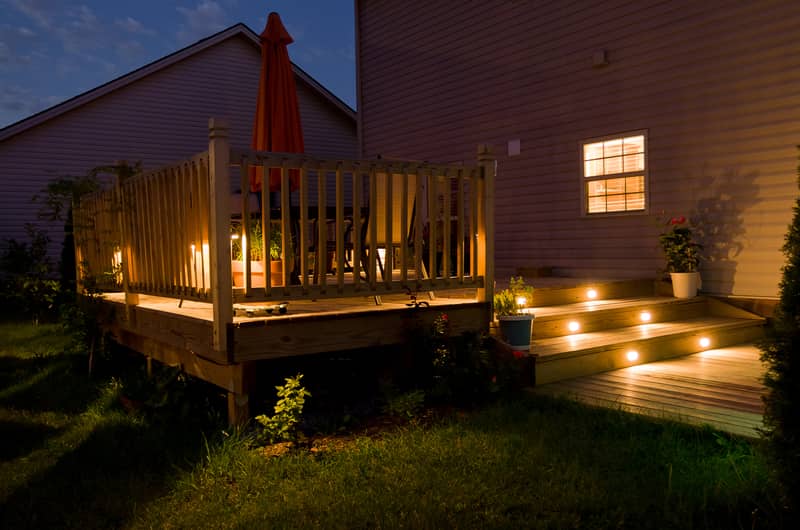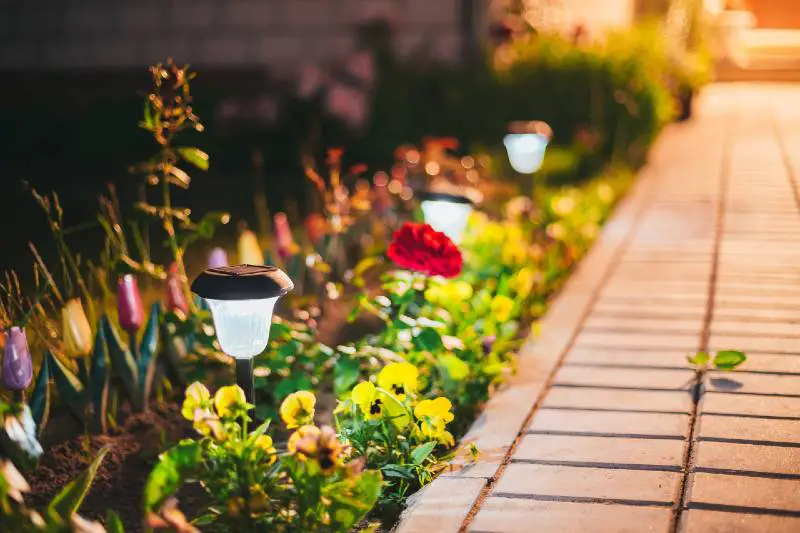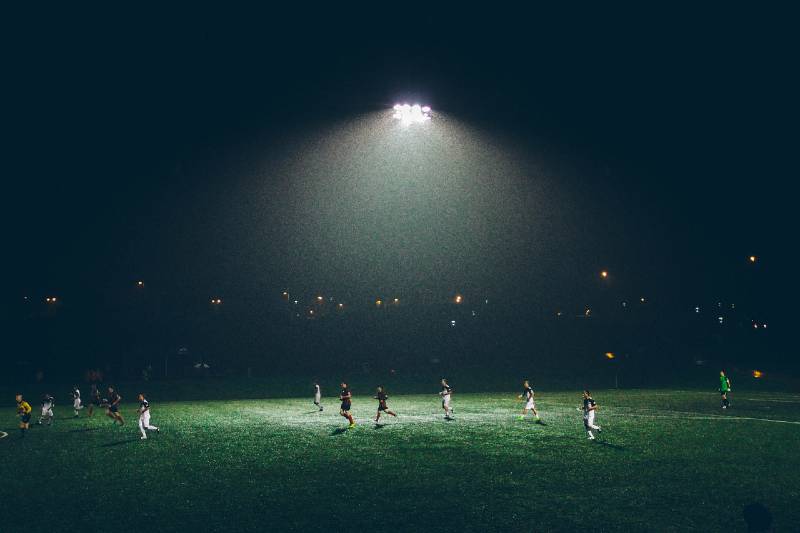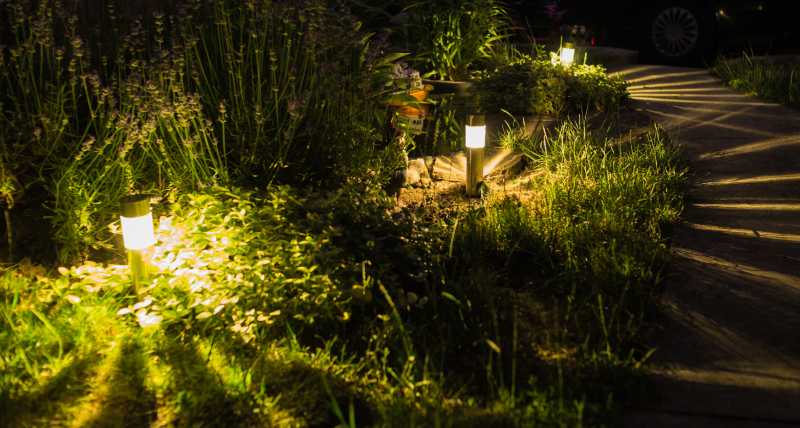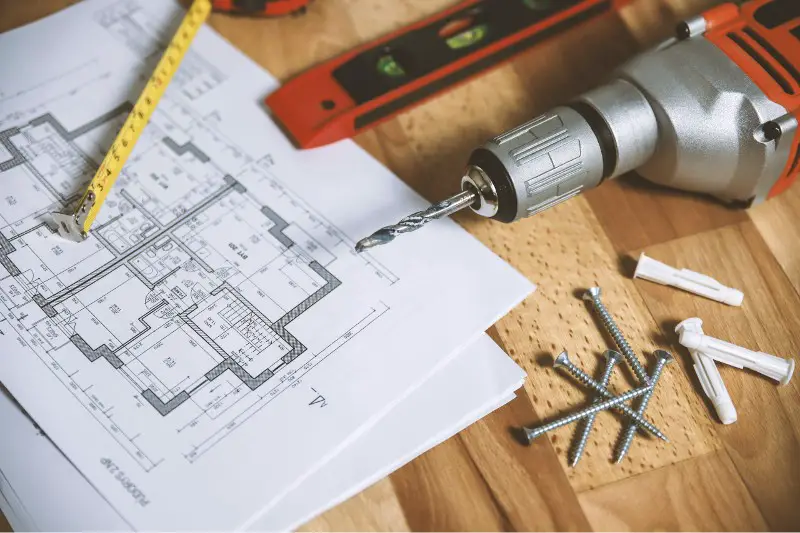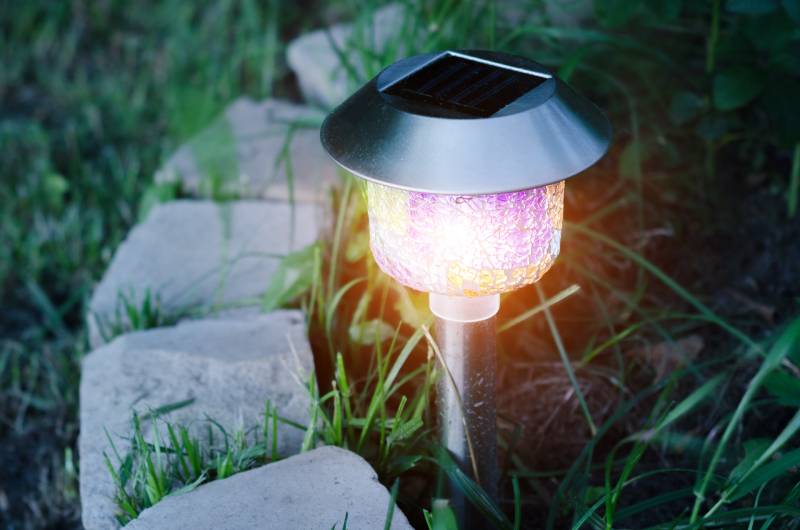Getting your new solar lights up and running is pretty exciting, isn’t it?
But there’s a little thing you might be wondering about: ‘Do I Need to Remove Protective Film From Solar Lights?’
The answer is yes, and let me tell you why.
That thin plastic layer on your lights is super important to keep them scratch-free while they’re being shipped.
But once they’re ready to be set up in your yard, it gets in the way.
In this article, I’m going to show you why it’s important to peel off this film, how to do it without causing any damage, and what happens if you leave it on.
Key Takeaways
- You need to remove the protective film from solar lights to ensure they absorb sunlight efficiently and function at their best.
- The protective film on solar lights shields the solar panels from scratches, dust, and damage during shipping and setup.
- Identify the protective film by its shinier, slightly imperfect surface and feel for an overhanging edge on the panels.
- Improper removal can scratch the panels, reduce light efficiency, and potentially require costly repairs or replacements.
What Is the Protective Film on Solar Lights?
The protective film on solar lights is a thin layer of plastic applied to the solar panels during the manufacturing process.
This isn’t just for looks—it’s there to keep the panels safe.
It guards against scratches, dust, and other stuff that could mess up the panels while they’re being shipped or set up.
This way, when you unpack your new solar lights, they’re in perfect condition and ready to work their best right from the start.
Related Article: Will Solar Lights Work on a Cloudy Day?
Why Should You Remove the Protective Film?
You should remove the protective film from solar lights because it helps them soak up sunlight way better.
That little plastic layer is awesome for keeping the panels safe while they’re being shipped and set up, but once they’re in place, it can get in the way.
By peeling off the film, you let your solar panels catch as much sun as possible.
This boosts their power to turn sunlight into energy, making your lights shine brighter and work more efficiently.
Related Article: Can Solar Lights Charge Without Sun?
How Can You Identify Protective Film on Your Solar Lights?
To identify the protective film on your solar lights, start by giving the solar panels a quick look-over.
If there’s a film, it usually makes the panels look a bit shinier than normal and might not be perfectly smooth—keep an eye out for little wrinkles or air bubbles.
Another trick is to check the edges of the panels.
Sometimes the film sticks out just a bit at a corner or along a side, which makes it easier to spot.
Still not sure?
Just run your finger gently around the edges of the panel.
If there’s a film, you’ll feel a slight bump where it overhangs.
What Are the Risks of Improper Removal?
Improper removal of the protective film from solar lights can lead to a few issues that might mess with their performance and durability.
If you use sharp tools or too much force, you could scratch or damage the surface of the solar panels, which are crucial for absorbing sunlight effectively.
Damaged panels mean your lights won’t shine as brightly.
Plus, if you don’t remove the film properly, you might leave some residue or parts of the film behind.
This can block the sunlight and reduce the efficiency of your lights even more.
Also, being too rough when removing the film could break parts of the light fixture, potentially leading to costly repairs or replacements.
FAQs
Should I Remove a Plastic Cover on a Solar Panel?
You should remove the plastic film on solar lights to ensure maximum sunlight absorption and optimal performance.
What Is the Protective Film on Solar Panels?
The protective film on solar panels is a temporary layer meant to prevent scratches and damage during shipping and installation.
How Do You Remove White Film From Solar Lights?
To remove a white film from solar lights, gently clean the surface with a soft cloth and a mixture of mild soap and water.
Conclusion
As promised, we’ve talked about why it’s important to remove the protective film from your solar lights, how to do it safely, and what can happen if you don’t.
To keep your solar lights working their best, gently peel off the film before setting them up.
After that, use a soft cloth to clean the panels and ensure nothing is blocking the sunlight.
Do you still have questions about setting up your solar lights?
Feel free to ask, and I’ll be happy to help you get the most out of your lighting setup.
Join our solar microdosing newsletter and get bite-sized, easy-to-understand insights into the world of solar energy.
From how solar panels work to building your own DIY solar system, we’ve got you covered.


